Whether you have a truck and trailer or a motorhome tire blowouts are one of the most common causes of RV road accidents. Keeping your tires at the proper tire pressure is an easy way to reduce the risk of a blowout. It’s also a good way to help get the most value out of your tires. This post is going to give you the short story first, then the longer and more interesting one.
The Short Story
Your RV should have a manufacturers recommended tire pressure printed somewhere on the vehicle on what is called a Chassis plate. If it doesn’t have one this information should be in the drivers manual. It’s going to tell you what pressure your tires should be for safe operation. Some RVs will have different pressure for different tires, others will all be the same.
Check your tire pressure each time you prepare to move your RV (ideal) or once every couple of weeks (less ideal but probably fine). Fill your tires up to the recommended values and you should be in good shape.
Because our trailer doesn’t fit especially well into most service stations we have a portable air compressor/tire inflator. We use this model from Slime. It runs on 12 volts so you can use your car or a generator to run it. We use a portable battery unit to run our compressor which makes it easy to run around and do all the tires. This is a good one that will also jump-start nearly any RV should the need arise.
If you want to know what your tire pressure is 24/7 and don’t mind spending some dough, then you can get a tire pressure monitoring system like this one. You attach sensors to all the tires and the monioring device will give you a real time readout on the tire pressure of all your tires. It won’t fill them up for you, but you will know, even on the road, what pressure you are at. These are especially nice for detecting leaks while you are driving due to nails or the like.
The longer story
Under-Inflated Tires: Under-inflated tires are the most common cause of tire wear and blowouts. When a tire is under-inflated the lower sidewalls bulge out, putting extreme pressure on that part of the tire. As it turns the part being flexed changes and this rapid flexing can wear and then tear both the interior and exterior material of the tire which is what leads to the blowouts. Finally, the bulging side walls can more easily scrape against rocks or curbs which can rupture them instantly. Beyond the potential danger, under inflated tires create more friction with the road and as a result decrease gas mileage.
Over-Inflated Tires: Every tire will list a maximum tire pressure on the sidewall, usually listed in PSI (pounds per square inch) in the US, kPa in metric. Don’t more than this in your tire or you risk rupture under stressful conditions. Even if you don’t exceed the maximum pressure, if a tire is inflated beyond what you need it can result in stiff and bumpy ride due the high pressure, and weaker traction because less tread makes contact with the road as the shape becomes more rounded on the bottom.
The Best Tire Pressure
The value listed on your chassis plate is a safe guess and as a result, it’s going to be on the high side of what is likely your optimal tire pressure. Optimal tire pressure depends on two things: the tires you have, and the weight being put on the tire. Each tire type has a chart from the manufacturer that will tell you the optimal pressure given the weight borne by the tire. The manufacturers usually collect these into books called “Load and Inflation Tables.” If you google that along with your tire manufacturer you should be able to find them.
To use the tables you need to know the load on your tires. The best way to get this information is to hit up a commercial truck scale with your RV. If you are not familiar with these, they are typically used by commercial truck drivers both to adjust their rigs for a given load and to ensure they comply with road regulations. They can give you an exact measurement of the load on each of your wheels. CAT Scale is one provider and they have a tool for finding a weight station as well as easy and detailed instructions for how to use the scales. You will get a report giving all the relevant weights. When weighing, error on the heavy side by making sure your tanks are full and you have your normal assortment of stuff in the RV.
Armed with the tables and the weight on each of your tires you can find the best tire pressure for each. If you do something that significantly changes the weight or weight distribution for your RV, then you should go through the process again.
Altitude and Temperature
Both altitude and temperature affect your tire pressure. The PSI values in the load and weight tables, as well as the chassis cards, are “cold measurements”, meaning when your tires are not hot from driving. That is why you typically want to check tire pressure in the morning before you head out rather than at the end of a trip. Air pressure rises with temperature, the same amount of air will exert more pressure as the molecules bounce around more energetically. It changes about 1 PSI per 10 degrees Fahrenheit.
Altitude works a little differently since it’s the pressure outside the tire that is changing. The higher you go, the thinner the air and tire pressure gauges show the difference between the air inside the tire and the air outside the tire. Thus, the higher you go, the higher the tire pressure reading on your tires. In many cases, you won’t actually see this happen. That is because the higher you go, the colder it tends to get, and the temperature factor tends to about offset the altitude factor much of the time.
Regardless of both of these factors, if you check you tire pressure each time you roll out in your RV, then you are sure to have a safe and effective tire pressure for your trip. And so, while it’s worth understanding how it works, how to stay safe doesn’t really change.
What about driving on dirt roads?
Under-inflating your tires can have some advantages on dirt roads or when driving entirely off road. It gives you more traction and a softer ride over all the bumps. Generally, RVs simply aren’t a great idea on the kinds of roads where under inflating is going to help you and the risk is likely not worth the smoother ride if you do. A better plan is to simply take it slow and easy when taking your RV off the beaten track.
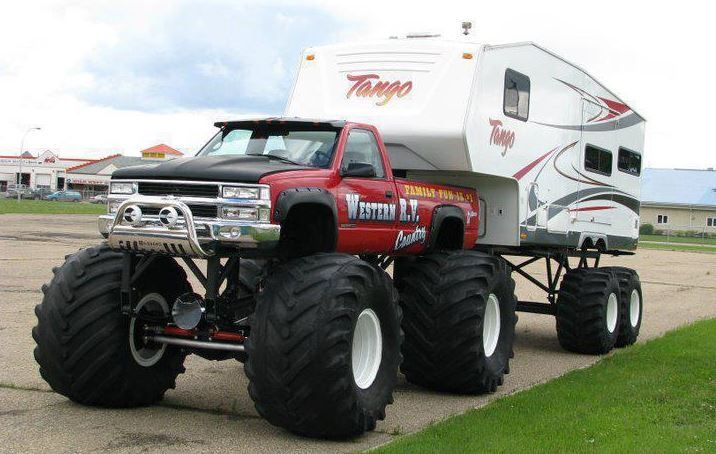
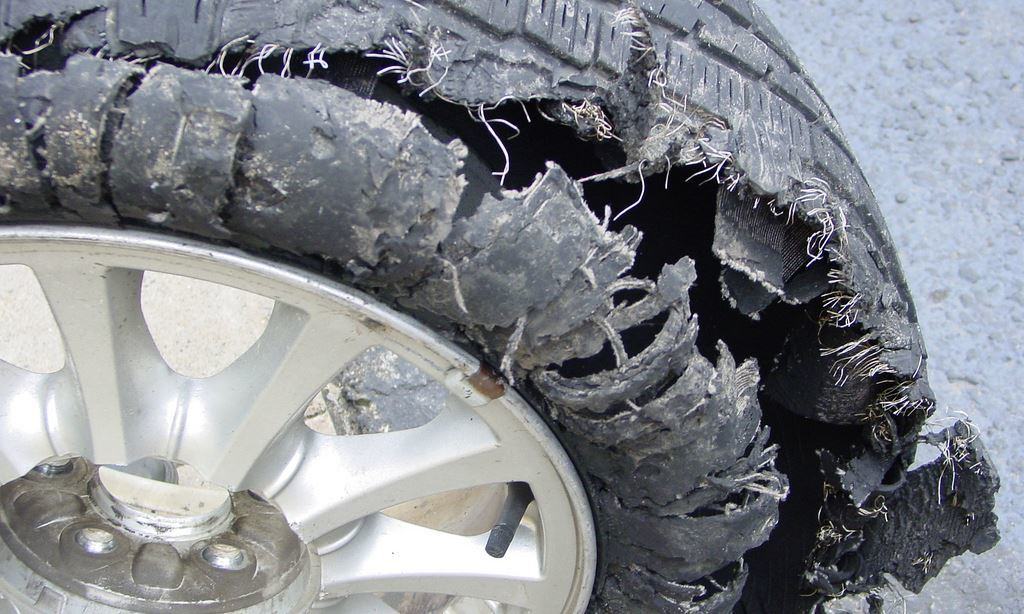
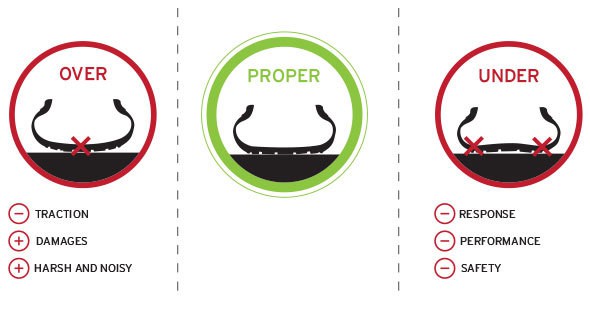
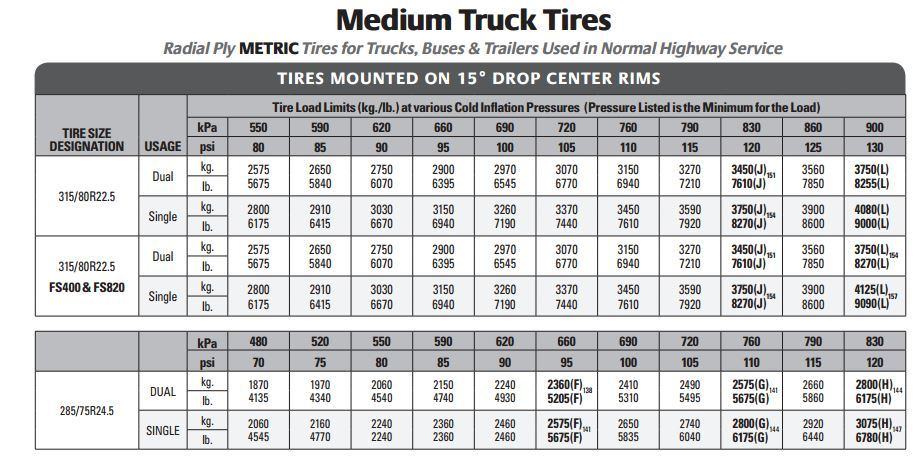
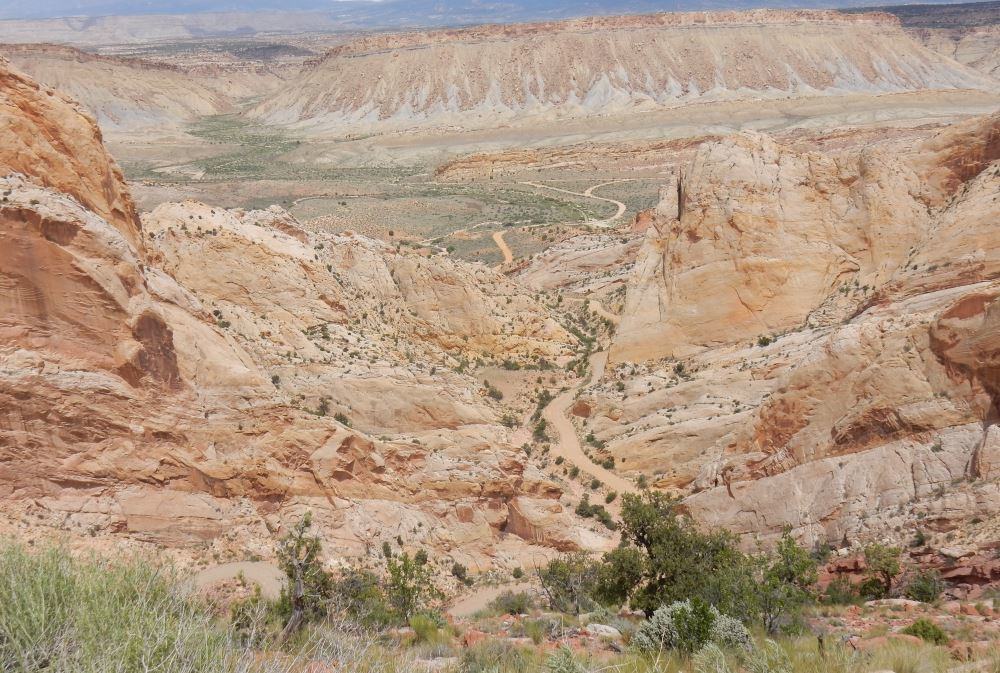
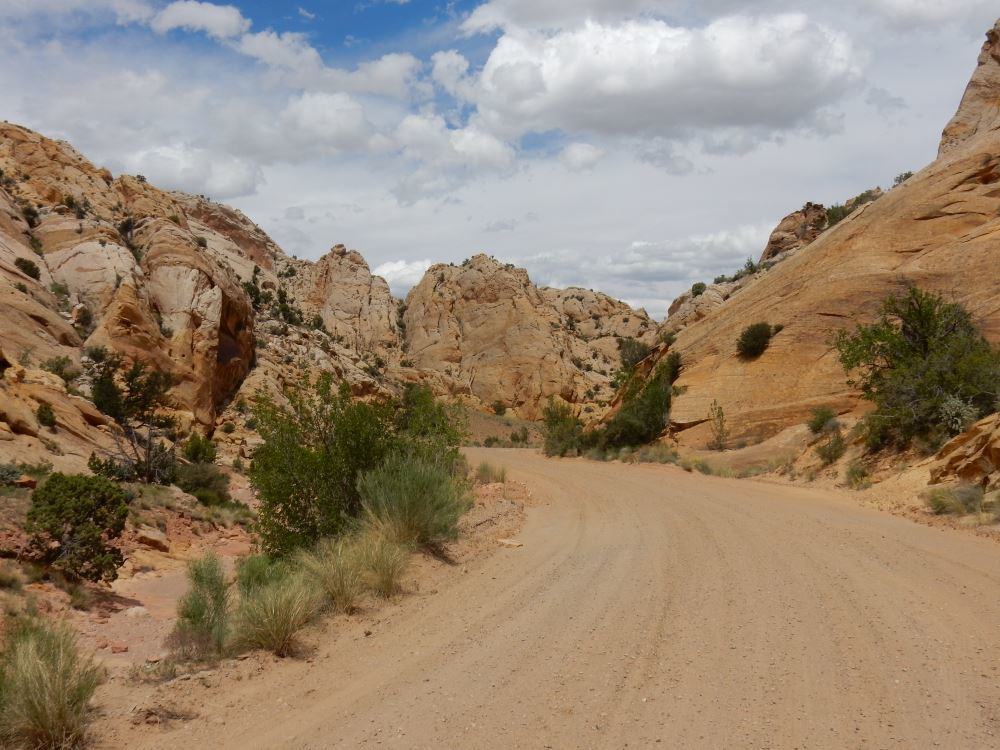
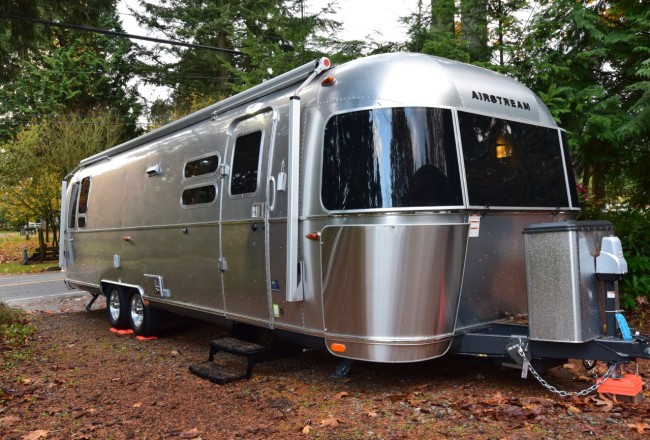
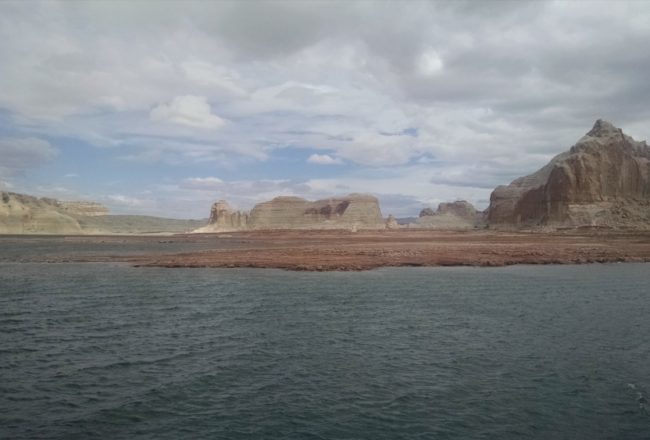



2 Comments
Do you have to use truck stops for gas when pulling the trailer since it won’t fit into most gas stations?
Normally we plan trips such that we don’t have to fuel the truck while towing our trailer (our range is about 350 miles). One item on our pre-departure checklist is to fill the gas tank before leaving. That said, twice we have forgotten to fill up the truck before leaving and had to get gas. In one occasion the gas station had plenty of room in the regular pumps, in another, we had to buy and fill a 5-gallon plastic gas can and used that to top off our tank.
I’ve found the gas stations located along major highways either include specific pull ins for large vehicles or have ample room for them in the regular pumps. In the backcountry it’s a lot harder to find. While we’ve only pulled in with the trailer twice, it’s something I’ve none the less paid attention to as we travel just in case.